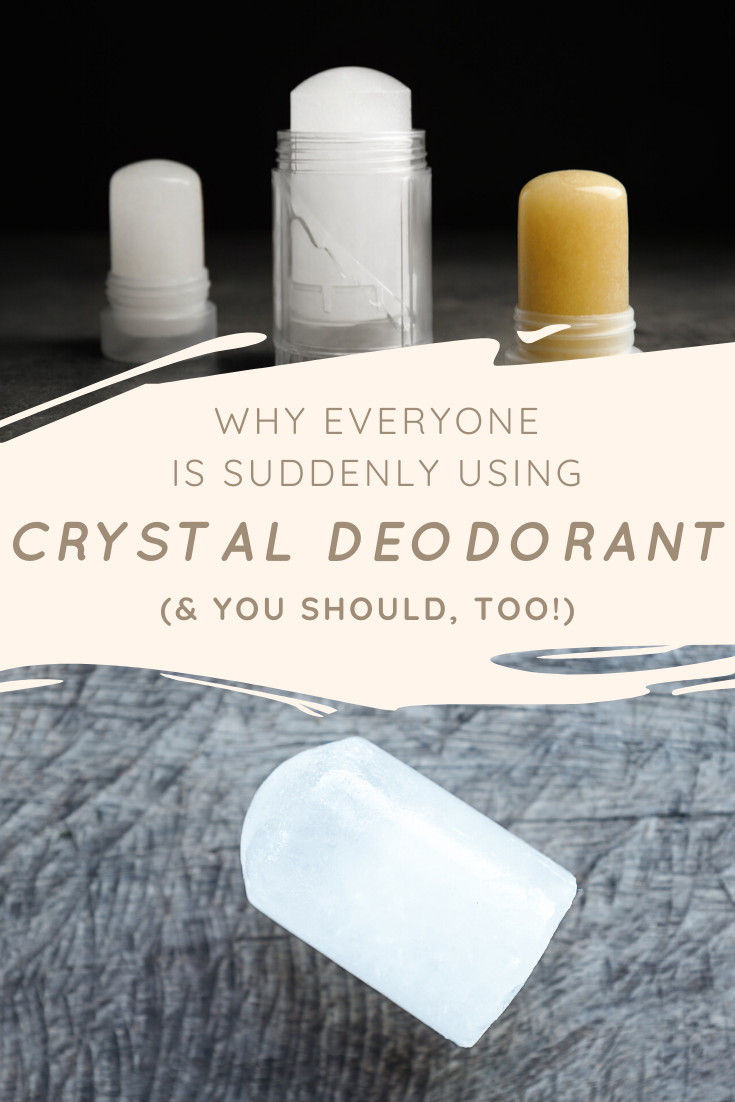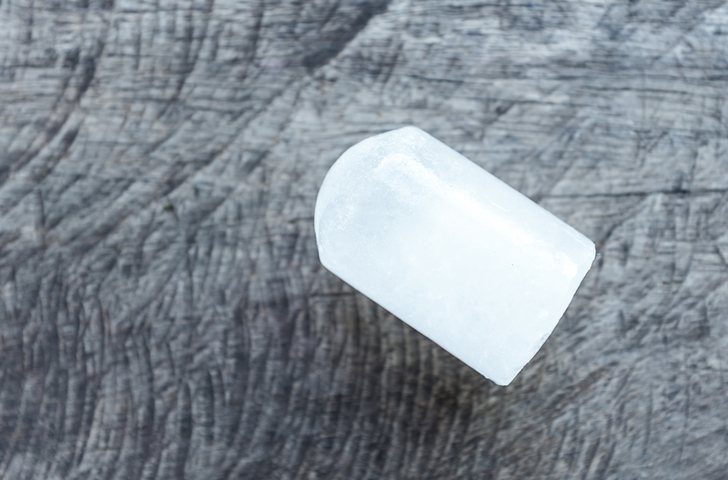
Back in the 1980s, before the term “natural” was cool, a pioneering company known as Crystal developed a natural deodorant from a hunk of French-sourced mineral salt that looks like a crystal and deodorizes without harmful chemicals.
While it’s had somewhat of a cult following in the decades since, with healthier, alternative products now all the rage, Crystal deodorants have been thrust into the spotlight once again.
After all, while most of us probably don’t want to smell bad, we also don’t want to be putting toxins under our arms – chemicals in the deodorant can easily get into that thin skin and right into our bloodstream.
About 95% of Americans use deodorants in order to smell fresher and adhere to social norms, but in the process, they’re subjecting themselves to all sorts of unwanted side effects because of those chemicals.
So how bad are standard deodorants really?
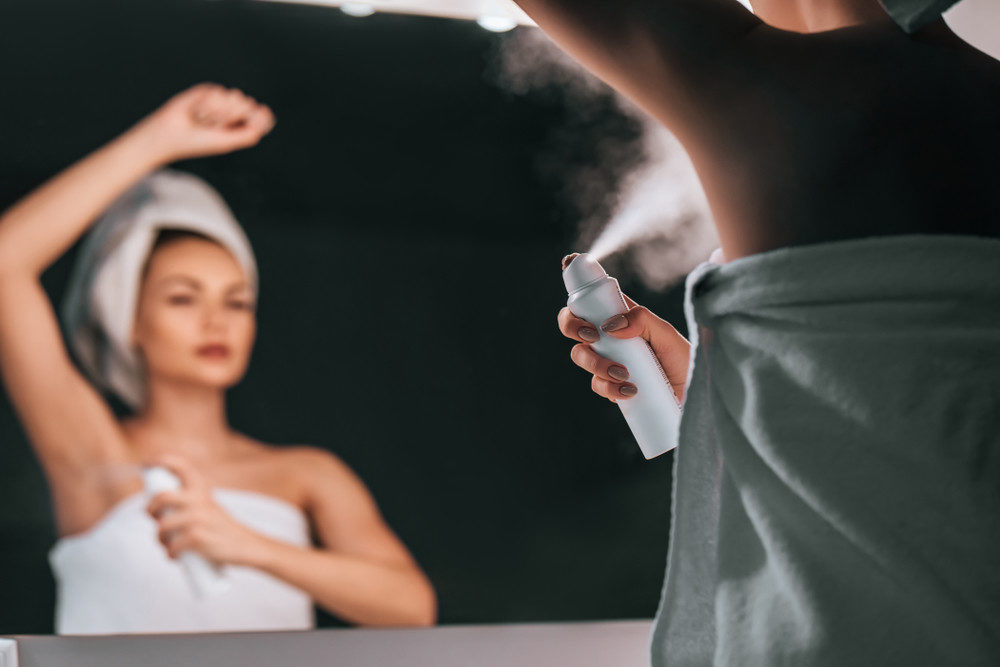
Well, most deodorants/antiperspirants contain the following:
Aluminum. Aluminum is an ingredient that actually clogs your pores to prevent sweating. Aluminum exposure has been associated with the development of Alzheimer’s disease and it’s also known to interfere with estrogen levels.
When your body can’t process estrogen properly, you have a greater risk of developing breast or prostate cancer.
Parabens. Parabens are a type of chemical in many products, used as a preservative, but they’re one of the most harmful additives out there.
They’ve been associated with acute as well as chronic side effects like allergic reactions, hormone disruption, and reproductive toxicity, and they may also be contributing to the rising incidence of breast cancer.
Triclosan. The FDA has classified triclosan as a pesticide, yet most name brand deodorants contain it. It’s used to kill bacteria in the manufacturing process, as well as when it comes into contact with your skin.
Studies have found that triclosan alters hormone regulation and contributes to the global problem of antibiotic-resistant bacteria.
Other research has found a link between triclosan and weight gain, the inflammatory response, allergies and thyroid dysfunction.
Propylene Glycol. If used every day, this chemical is known to cause damage to the central nervous system, heart, and liver. It is also been found to cause skin irritation, particularly in those with sensitive skin.
Propylene glycol can be harmful at as small a percentage as 2%, yet most deodorants contain 50% propylene glycol.
TEA & DEA. TEA stands for Triethanolamine while DEA is diethanolamine. Both react in a way that creates a base for a cleanser, but both can be toxic when absorbed in the body over a long period of time.
TEA has been connected to allergic reactions and DEA to kidney and liver damage.
And, that’s just the short list. Need we say more? No wonder Crystal Deodorant is making a comeback.
But what is Crystal Deodorant, and does it really work?
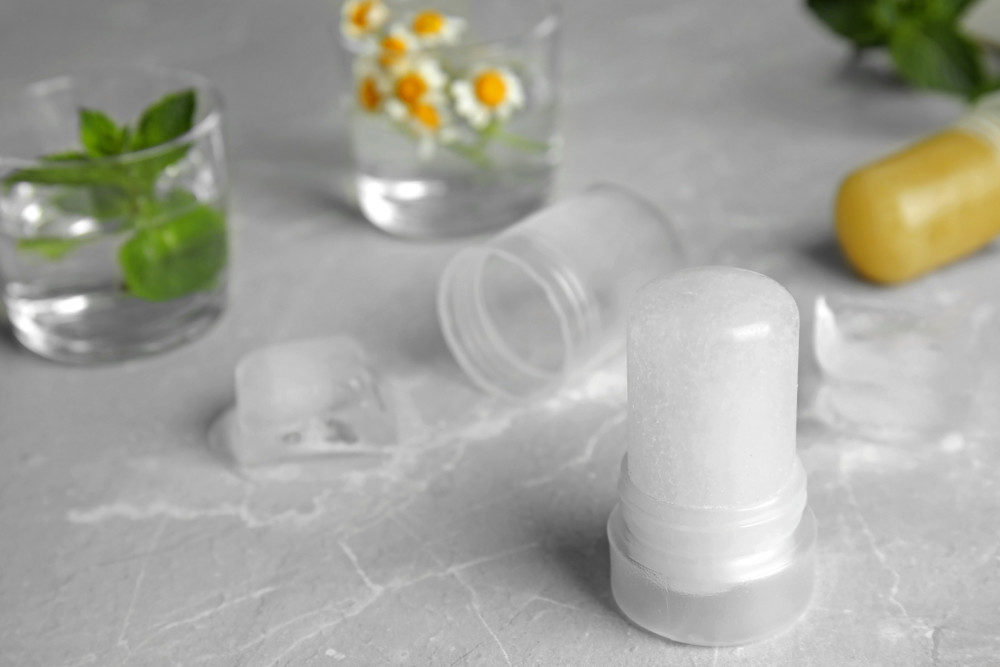
Also called “deodorant stones,” they target the bacterial source of bad odors without inhibiting the skin’s natural regulatory processes, which includes sweating and temperature regulation.
Using them won’t clog your pores, or leave any toxic residue or by-product from its use. It doesn’t mark clothing, and just one application can last all day.
It all began in the early ’80s when founder Jerry Rosenblatt was hawking French fashion accessories to pay his way through law school.
He noted, “I became aware of a factory in France that was producing large blocks of natural mineral salt for water purification—and [learned] they could also be used to combat the bacteria that cause body odor.”
So, sensing an opportunity, he asked if they could make chunks of the salt for him to sell back in the U.S.
When they arrived, they were sanded, polished and packaged. While they looked like an ordinary rock, these “rocks” were anything but.
All you have to do is wet the “rock” and smooth it under your arm like you would a standard deodorant, leaving an invisible salt film on the surface of your skin.
As mentioned, it won’t prevent you from sweating, but it will help keep those odor-forming microbes at bay.
Bendel initially sold them by placing an ad in the New York Times. They worked so well that inventory would sell out within just 24 hours of running an ad.
Eventually, nearly every upscale store around the country was selling Crystal Deodorant, from Bullocks Wilshire in Los Angeles to Macy’s in New York.
So the answer to, “does it work?” is an astounding yes, however, the trick is, it must be applied correctly.
As soon as you get out of the shower, you’ll need to wet the surface of the deodorant stone and then rub it liberally under your arms and any other place you’d like to deodorize.
This forms an environment that’s unfriendly to stinky bacteria before they’ve had a chance to gather on you.
If you need to reapply between showers, you can simply run an alcohol-dipped cotton ball over the area to get rid of any bacteria, and then apply the deodorant again.
The key is to make sure there are no bacteria whenever you apply it – always make sure the area is completely clean, and it will work for a good 18 to 24 hours.
What Is The Best Crystal Deodorant?
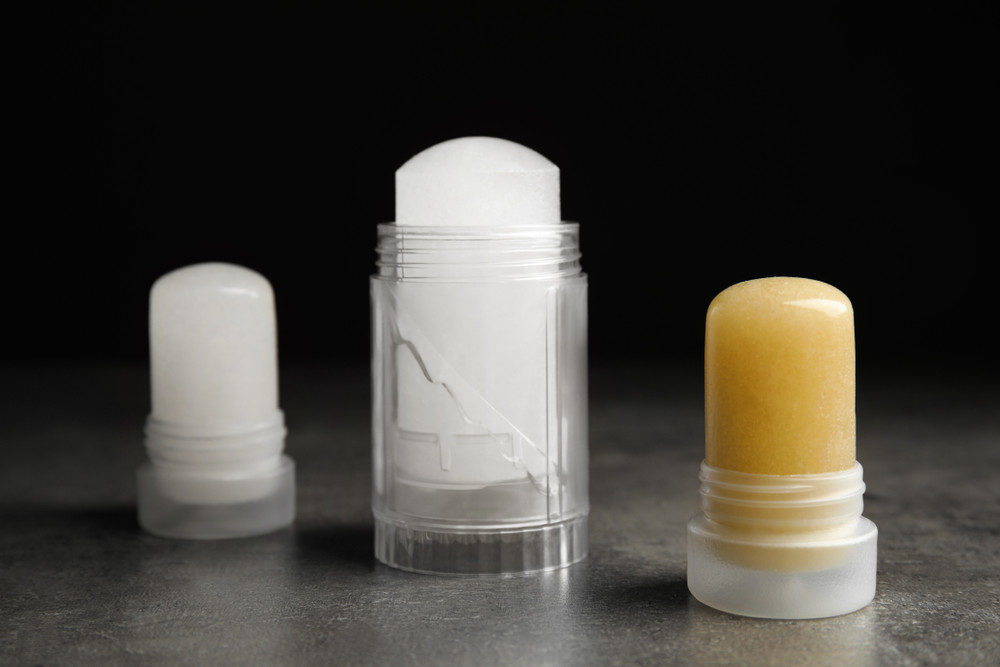
This Unscented Crystal Body Deodorant Stick is the original “crystal deodorant” and is available from this page on Amazon.
However a number of new brands have developed their own deodorant stones that have become more popular and with better reviews.
This Thai Crystal Deodorant Stone is the best reviewed and below are a number of other popular options.
The Bottom Line
Crystal deodorants can provide odor protection for at least 18 hours, and they have a 0 hazard rating on the Environmental Working Groups Skin Deep Cosmetics Database.
They aren’t messy, they’re fragrance-free, they don’t stain, and they may even be a better value than standard deodorants as they tend to last much longer.
Pin This To Save For Later
